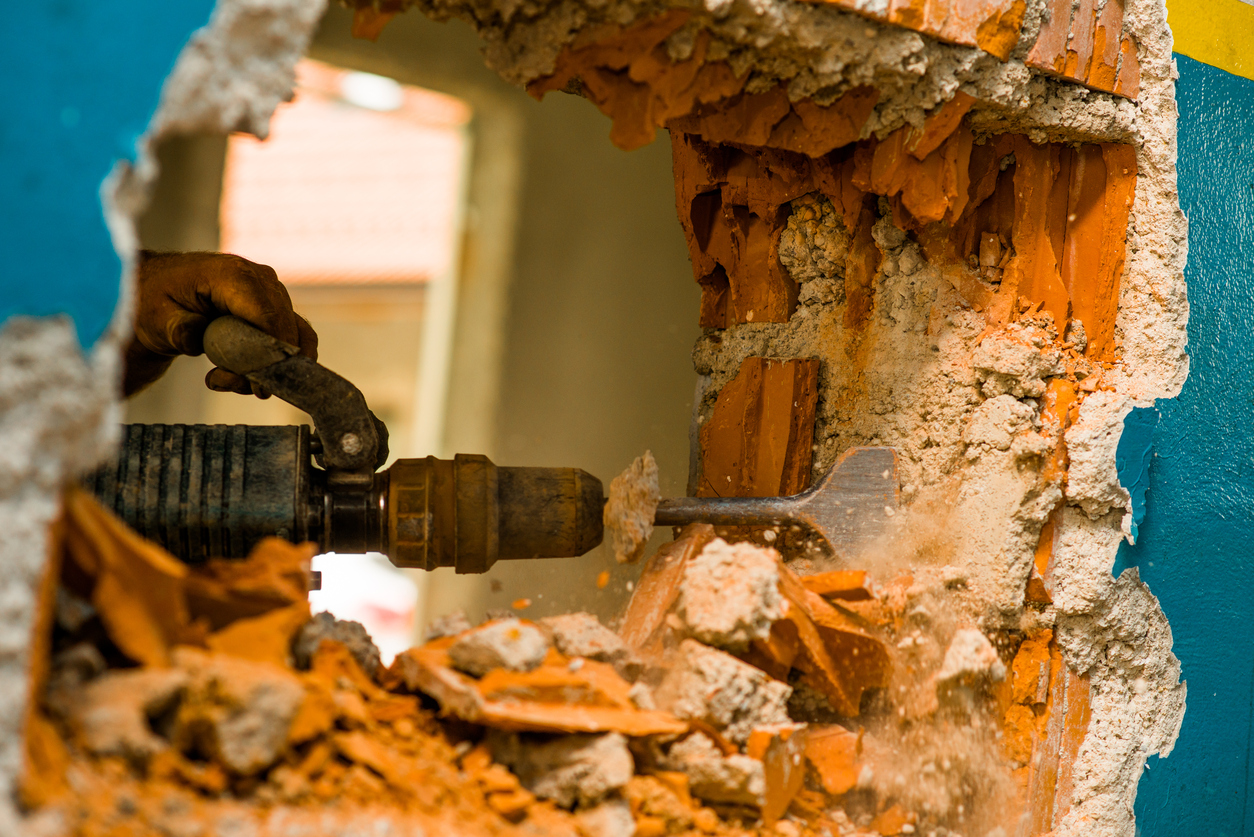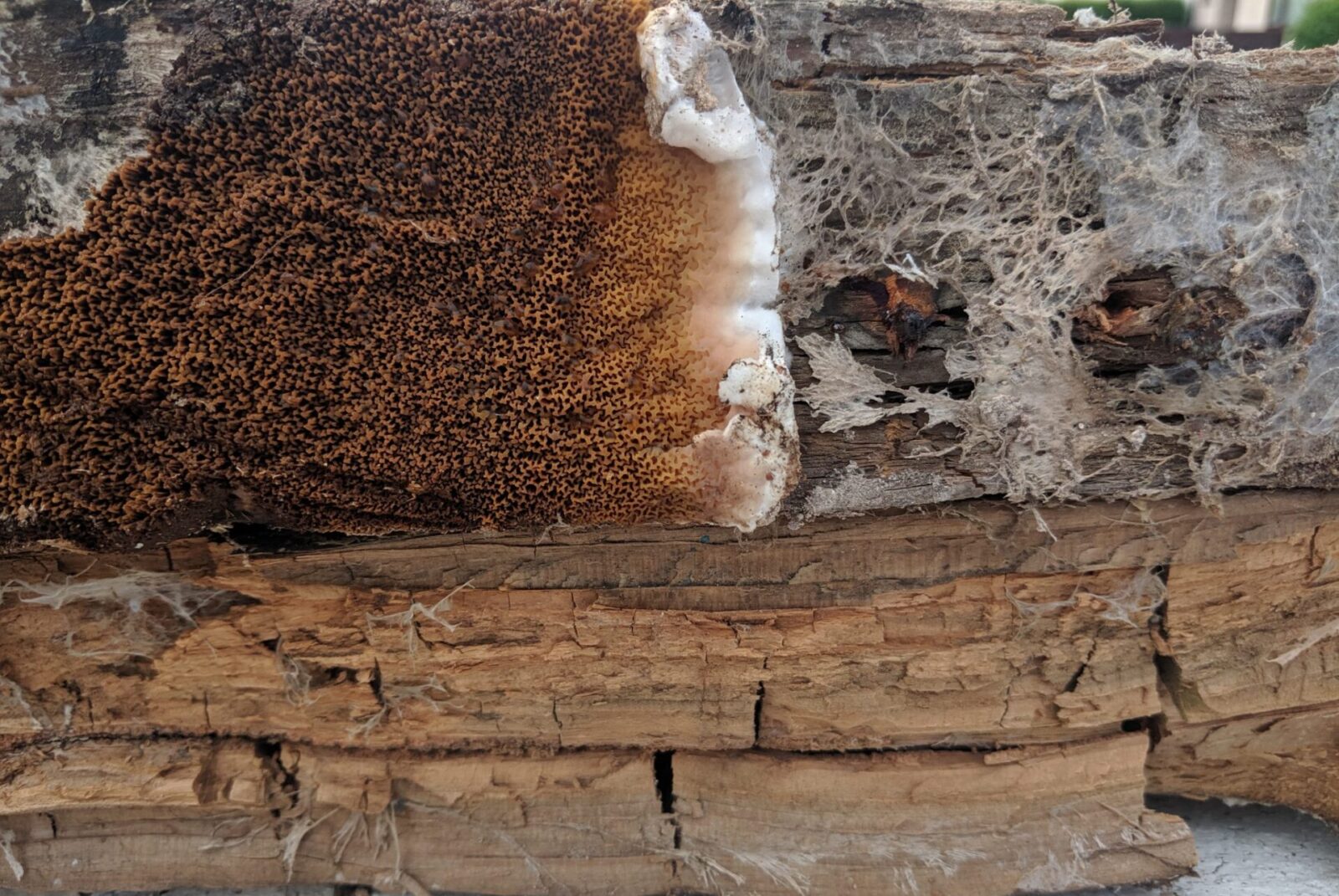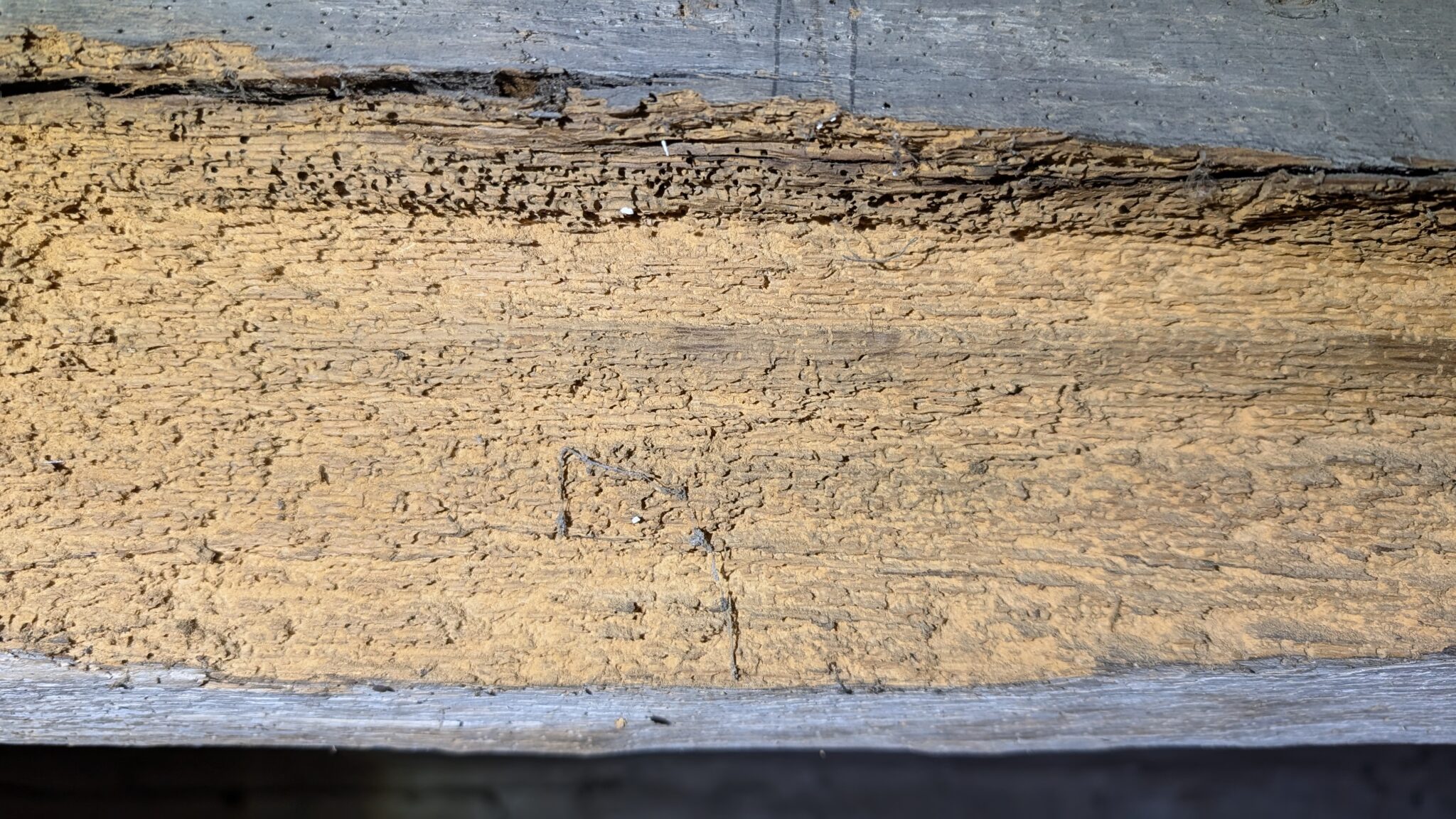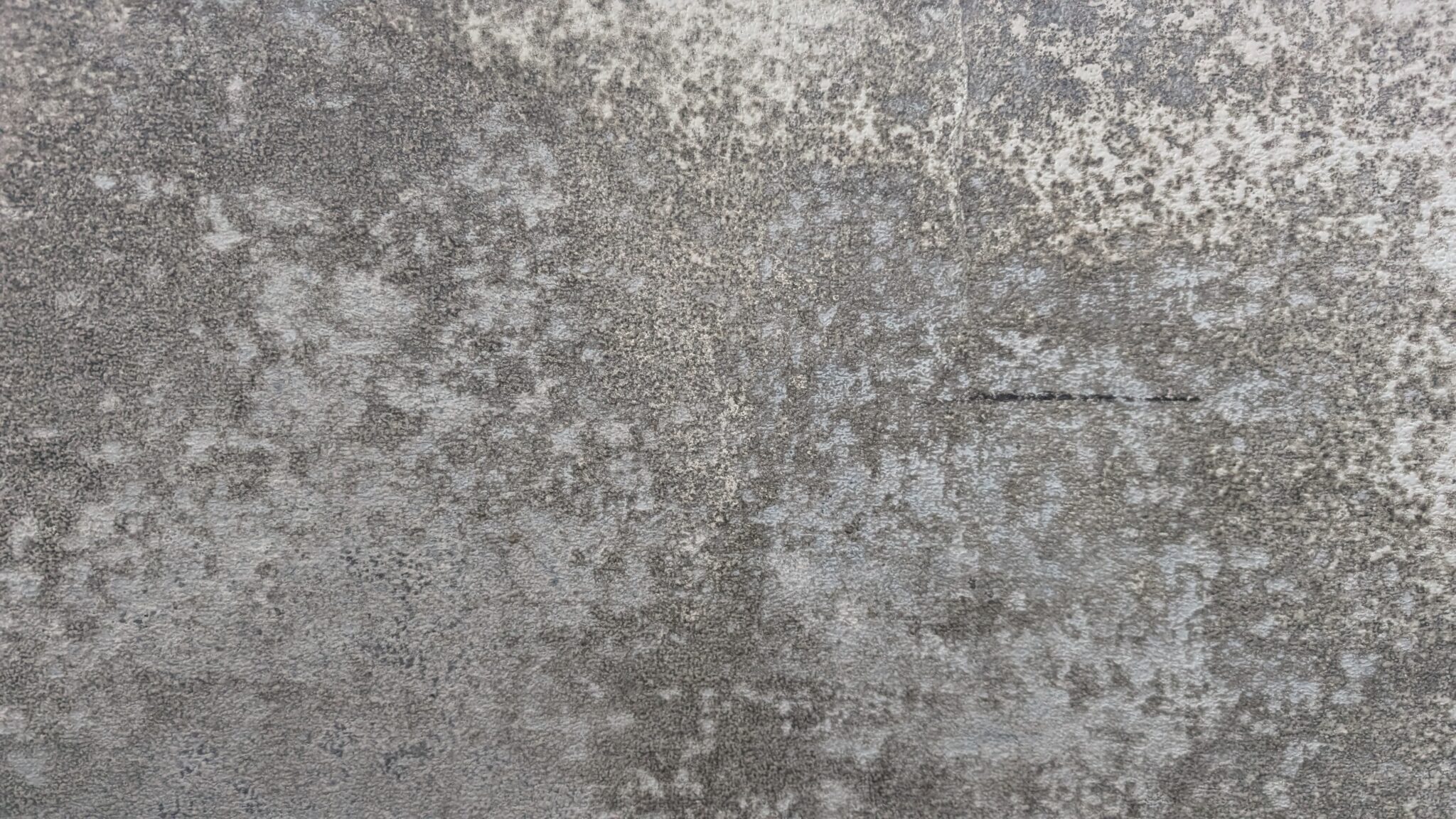Damp Proofing Company UK
Manchester, Birmingham, London, Chester, Liverpool, Warrington, Leeds, Anglesey, Wirral, Birkenhead, Burnley, Doncaster, Loughborough, Bolton, Sheffield, Coventry, Wrexham, Nottingham, Shrewsbury, Mold, Stockport, Macclesfield, Wallasey, Buckley, Neston, Heswall, Preston, Telford, Oldham, Derby, Huddersfield, Leek, Bradford, Runcorn, Blackburn, Stoke on trent, Oswestry, Wolverhampton, St helens, Llangollen, Bangor, Llandudno, Ruthin, Denbigh, Most of Wales, and many more!
CALL - 0800 368 9161
 What is damp proofing and why do I need to damp proof my house?
What is damp proofing and why do I need to damp proof my house?
Our specialist damp proofing advice below will help you understand damp problems and show you how to fix damp walls. The main cause of dampness in walls and in your home is condensation. You may also suffer from rising damp, penetrating damp or low-level bridging.
Do you have a damp problem in your home and require damp proof treatment? Our damp proof specialists have been fixing damp for many years. We specialise in correctly diagnosing damp problems. Our fully qualified damp surveyors Will correctly diagnose your damp problem. Our surveyor will then provide the correct damp proofing treatment to fix your damp problem.
Contact us today via our contact form to book a damp survey. Also, keep reading below to find out more about your damp problem and our damp proofing services. You might find out how to fix your damp problem below.
Signs of a damp problem
Common signs of damp are peeling wallpaper, tide marks, bubbling plaster, black mould, or any discolouration to areas of walls. If you see any of these signs in your home, then it is likely that you will need some kind of damp proofing treatment.
- Damp proofing walls
- Rising damp treatment
- Tanking
- Penetrating damp treatment
- Ventilation improvement
There are a number of issues that cause damp problems in your home. It could be caused by faulty plumbing, defective rainwater goods, high external ground levels, poor ventilation and more.
Our professional damp proofing surveyors will be able to correctly diagnose your damp problem and recommend the correct treatment necessary.
Damp proofing walls in your property
Most people will have damp proof treatment carried out once they see damp staining on their internal walls. What people don’t know is that damp can cause more serious problems than just staining, bubbling plaster, mould growth and peeling wallpaper. Damp can cause skirting boards, floor boards, and timber joists to become rotten. Damp can cause wet rot and dry rot. This can cause serious structural issues within your home.
Damp walls can also make your home less energy-efficient. Walls that are damp and have moisture inside them, take longer to warm up. Damp walls will result in higher energy bills. So if you notice that you have damp walls, we would highly recommend you have a damp survey carried out. The sooner you damp proof walls the better, as the longer it’s left the more it will deteriorate and cost you.
Walls that need damp proofing get damp from many issues such as:
Condensation (poor ventilation)
Cavity wall issues
Defective roofing, downpipes, sold pipes and guttering
Bridging of the damp proof course
Foundation or floor slab issues
Dampness, damp treatment and damp proofing
Figuring out what type of damp proofing you require is very difficult for those who are not a damp specialist or trained in diagnosing damp problems. It is very hard to correctly diagnose a damp problem. Rising damp, penetrating damp, condensation and bridging of the damp proof course all look very similar. All these different damp problems require completely different damp proof treatments.
When most people talk about damp proofing or damp treatments, they immediately think it will involve a new damp proof course. The installation of a new chemical damp proof course is a type of damp proofing where a vertical barrier is placed into a wall to prevent rising damp. There are many different types of damp proof treatments. You will need a specialist damp survey carried out to determine what damp proof treatment you need.
Most homeowners would have heard about a damp proof course, membrane system, tanking and PIV units. But most homeowners want to know which issue would require which treatment. This is why it is so important to get the correct diagnosis of your problem.
What is a damp proof course? & Do I need a new damp proof course?
A damp proof course is a barrier to prevent moisture from rising up into your walls. It is very unlikely that you will need to install a new damp proof course. Most houses in the UK already have a physical damp proof course. Your physical damp proof course does not break down or deteriorate. We have discovered damp proof courses that are well over 100 years old and still look brand-new today. Visit our damp proof course myth page before you think about installing a new chemical damp proof course. A lot of damp proofing contractors in UK will recommend a new damp proof course when it is not needed. This is why we can’t stress enough to have your damp problem correctly diagnosed by a damp specialist in UK
Your damp proof course will only stop rising damp. If your issue is down to condensation or bridging, a new chemical damp proof course will not be required. Condensation is an easy fix, simply improve ventilation in your high-humidity areas such as your kitchen, bathroom and utility room. Bridging of the damp proof course is a little bit more complicated. You first need to figure out where your damp proof course is being bridged and how it has been bridged. The most common cause of a damp proof course being bridges is by a high flowerbed or high driveway.
What is a damp proof membrane?
A damp proof membrane is a heavy-duty sheet of plastic that is fixed to the walls before re-plastering. The best way we can describe the damp proof membrane is like heavy-duty bubble wrap. A damp proof membrane is a great material to be used in association with rising damp, penetrating damp and on walls that are below ground level.
Even when using a damp proof membrane you will still need to find the source of moisture and isolator. The bubble-like surface creates a small void behind the membrane that allows the walls to dry out naturally. These damp proofing membranes are used in structural water proofing jobs in basements.
How to fix condensation? & how to stop condensation?
Is your house suffering from access water on windows or black mould in the corners of rooms? This is a sign that your house is suffering from condensation. The problem will normally get worse during the cold winter months. This is a sign of poor ventilation and inadequate heating. The mould problem is usually a lot worse in your bathroom and around the kitchen area. That’s because these are high-humidity areas. You create steam when showering, cooking, drying clothes and boiling the kettle. If you don’t have ventilation in these areas where will the steam go? The steam will condense on cold surfaces and turn into water droplets. These water droplets eventually turn into stale water and then turn into black mould.
This is why we say that fixing condensation is a simple fix. How can I stop condensation from happening in my house? The simple fix is, to install adequate fans in the high humidity areas such as the kitchen and bathroom.
How to treat damp in a basement/cellar?
Having damp in your basement is very common. You get damp in a basement because it is below ground level. The only way to treat damp in the basement is to tank the walls. This is called waterproofing a basement instead of damp proofing a basement. We would highly recommend you contact a basement tanking specialist in UK to treat any dampness in the basement.
Do I need to use a professional damp proofing company
When it comes to damp proofing we would always recommend getting a damp specialist in UK to correctly diagnose your issues first. We see many homeowners in UK who try to tackle a damp problem themselves. Most homeowners will install a new chemical damp proof course (dry rod system). After they install the new damp proof course and re-plaster, the damp comes straight back. This is because the damp issue wasn’t rising damp. The damp may have been down to bridging or condensation.
You will need to use a professional damp proofing company to carry out any damp treatments on your home if you wish to sell. New buyers and their banks Will need to see a guarantee on any chemical damp proof treatment carried out on your property.
If a damp problem in your home is left or treated incorrectly, this can lead to worse damp issues. If the source of moisture is not found and isolated this can cause worse structural problems. This is why we would always recommend using an experienced qualified damp proofing contractor in UK.
We are one of the leading damp proof contracting companies in UK. With many years of experience in correctly diagnosing and treating damp UK, you can be assured that you are in safe hands when instructing our company to carry out any damp proofing or chemical damp proof treatments.
How we treat damp in a property.
The best and only way to treat down in your house is to have a specialist damp survey carried out. Once you know exactly what sort your house is suffering from, you can then look at the correct damp proof treatment necessary.
Typical process of treating damp with membrane system (bridging)
- Damp proof survey
- Correct diagnosis
- Receive a full report and quotation
- Instruct our damp contractors to carry out the damp treatment.
- Prep areas and flooring
- Hack off plaster
- Remove all rubbish and material
- Install membrane
- Re-plaster
- Clean areas and leave the site clean and tidy
During the damp proofing treatment process our team will keep you up-to-date and let you know of any issues that may occur.
Specialist damp proofing in UK
As there are many different types of damp affecting houses and many different types of damp proof treatments. We know it can get very confusing and complicated. Our damp proof specialists are always on hand to help our clients understand exactly what the damp issue is and what treatment is being carried out. Our surveyors are on hand to simply offer advice and guidance to clients who wish to combat the damp problem themselves.
By contacting one of our damp proofing surveyors in UK, you’ll get the correct advice over the phone so you know what next step to take. Get in touch today and speak to one of our independent damp surveyors in UK.
Confused About Damp?
This damp proofing page will tell you all you need to know about damp-proofing, rising damp, condensation and penetrating dampness. You can also find out what kind of damp you have, how to treat your damp, where the damp is coming from and how much it costs to treat damp.
What is Damp proofing?
Damp proofing in construction is a type of waterproofing applied to building foundation walls to prevent moisture from passing through the walls and damaging interior spaces.
How much does it cost to treat damp
How much does it cost to treat rising damp?
Firstly it depends on the size of the affected area, but a general guideline, expect to be paying around £50 per meter for a new damp proof course. The cost of the specialist plastering and replacing skirting boards will be an extra cost. For a typical 3 bedroom house the average cost to damp proof it would be around £3-4,000.
Can I DIY it?
NO! The simple answer is no, we highly recommend that you don’t. Not only is it very hard to get it right, when you come to sell your property your buyers will want to see a guarantee for mortgage purposes.




